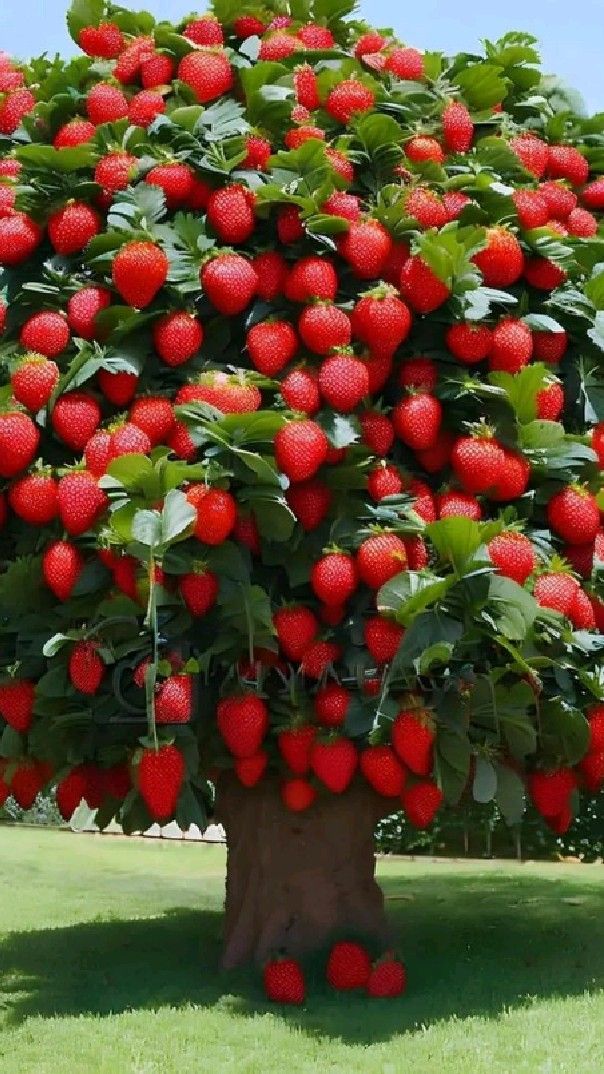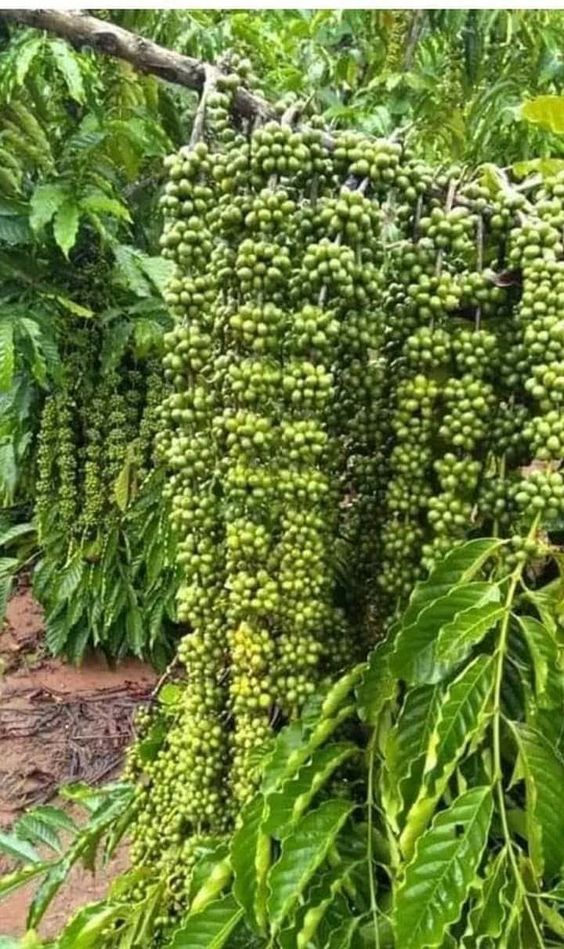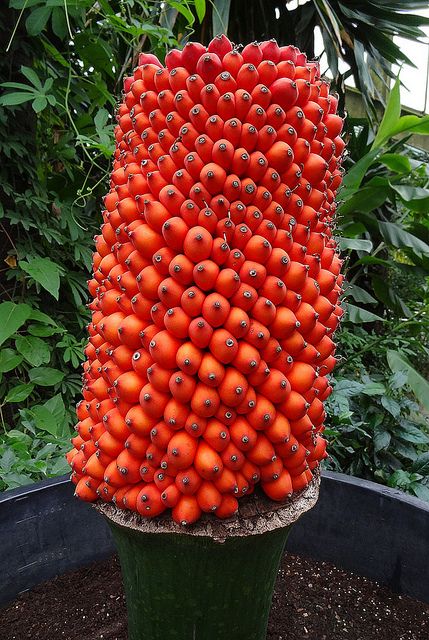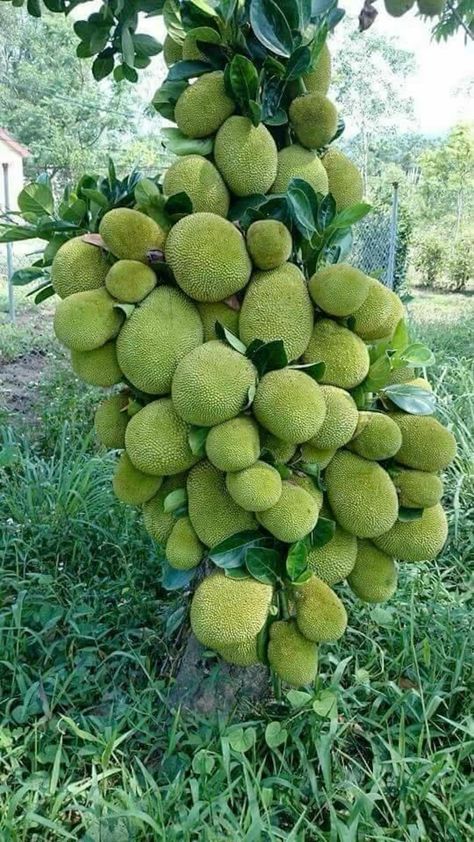Nature has provided us with a diverse range of delicious and nutritious fruits. These fruits not only satisfy our taste buds, but also provide essential nutrients for our well-being. However, some fruits can be deceptive in their appearance, taste, or even nutritional content. These fruits, often mistaken for something else, offer unique surprises and challenges to our senses. In this article, we explore some of nature’s fruits that mislead us, both in terms of appearance and flavor.

1. The Misleading Dragon Fruit:
Dragon fruits are a type of exotic tropical fruit prized for their vibrant pink or yellow outer skin and white or pink flesh speckled with tiny black seeds. Although they’re called “dragon fruit,” their appearance might not match one’s expectations of what a dragon might look like. Despite their intimidating name, dragon fruits have a mild, sweet flavor similar to that of a kiwi. The contrast between their surprising appearance and delicious taste only adds to their allure.

2. The Deceptive Buddha’s Hand:
Buddha’s Hand is a type of citrus fruit that is easily recognizable due to its unique, elongated finger-like shape. Its appearance is striking, boasting a bright yellow color and a fragrant aroma. However, what may surprise you is that despite its citrusy fragrance, Buddha’s Hand is virtually pulpless and has very little juice. Instead, its delightful fragrance is highly valued and is often used to add a citrusy aroma to dishes or even scent rooms. Although it may not provide the juicy refreshment that we typically associate with citrus fruits, Buddha’s Hand is an intriguing addition to the world of fruit.

3. The Enigmatic Miracle Fruit:
The miracle fruit, scientifically known as Synsepalum dulcificum, is a small berry that can baffle our taste buds. Once consumed, it envelops the tongue and temporarily modifies our sense of taste. Suddenly, tart foods like lemons or vinegar seem quite sugary. This uncommon effect is due to the presence of a protein named miraculin, which is found within the fruit. Even though the fruit itself is not naturally flavorful, its capacity to change our taste perception has earned it a dedicated following.
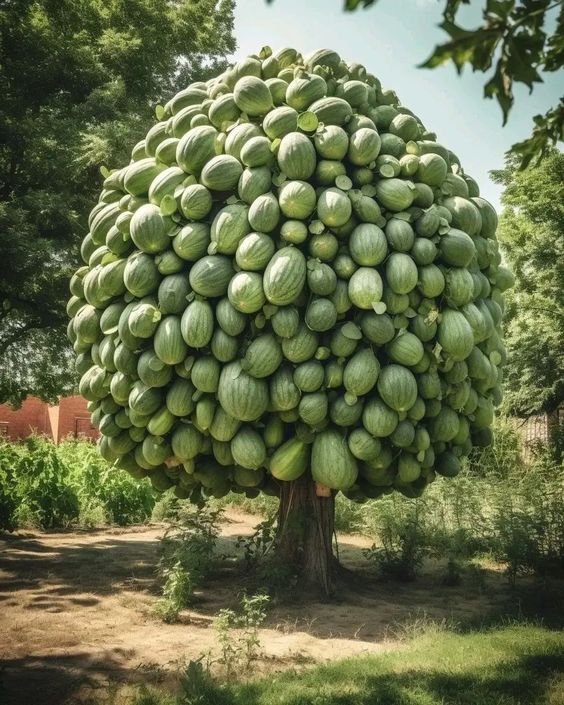
4. The Unassuming Durian:
The durian, which is often dubbed as the “king of fruits” in Southeast Asia, has a reputation that is both impressive and divisive. Its tough, thorn-covered exterior and its distinct smell make it a controversial topic for many. Despite this, some people are enamored with its custard-like flesh that has a sweet and slightly savory flavor. On the other hand, some find its aroma to be too strong and unpleasant. The durian is an example of a fruit that challenges our expectations and encourages us to try new and unique flavors.

Fruits never fail to amaze us with their diversity and complexity. Some fruits, like the daon fruit with its misleading name, the Buddha’s Hand which lacks juice, the miracle fruit with its flavor-transforming powers, or the controversial durian, can deceive us with their appearance, taste, or sensory experiences. Exploring these fruits challenges our expectations and broadens our culinary horizons, reminding us of nature’s endless wonder. Embracing the unexpected is part of the joy of discovering the bountiful gifts that nature has to offer.

